SLOVENIA
Area: 20,273 km2
Population: 1,964,036
Capital city: Ljubljana
Language: Slovene; in nationally mixed areas, also Italian and Hungarian
Currency: Euro (EUR)
Important dates:
- Independence - 25 June 1991,
- Member of EU - 1 May 2004
Slovenia's highest peak:Triglav (2,864 m).

The Republic of Slovenia lies at the heart of Europe, where the Alps and the Mediterranean meet the Pannonian plains and the mysterious Karst. To the north is Austria; to the east, Hungary; to the south, Croatia; and to the west, Italy.

Slovenia became an independent state in 1991 and a member of the EU on May 1, 2004.
Situated at a cultural crossroads, Slovenia has always been a place of high artistic achievements. Arts and culture have had a special position in the history of the Slovenian nation and have compensated for the lack of its own state and political institutions in the past. A rich cultural life and far-reaching institutions, organisations, and cultural societies are comparable to the most developed European countries.
People
Slovenia has a population of 1,964,036, of which 83.06% are Slovenes. In Slovenia there are also two national minority communities of Italians and Hungarians. They are considered indigenous minorities, and their rights are protected under the Constitution.
Other ethnic groups include Croats, Serbs, Bosnians (Muslims), Yugoslavs, Macedonians, Montenegrins and Albanians. The status and special rights of Gypsy communities living in Slovenia are determined by statute.
Population density is 98.7 inhabitants per km2, which is much lower than in the majority of other European states.
Language
The country's official language is Slovene, which makes use of the Latin alphabet. In nationally mixed areas, also Italian and Hungarian.
Religion
The majority of Slovenes (almost 60%) are Roman Catholics, although there are around 38 other religious communities, spiritual groups, societies and associations registered in Slovenia.
Economy
Using quality of life and social standards as criteria, Slovenia approaches, or even exceeds, the European average. Slovenia is directed towards development and a market economy.
Geography
You can recognise Slovenia through images of the Alps and the Adriatic, the famous Karst and the Pannonian Plain; you can recognise it by the varied landscapes of its regions, which are all accessible to the visitor in a single day!
History
Slovenia has been populated since the Stone Age. This is an overview of the last 1500 years - since our Slavic ancestors arrived in this territory.
Some of the most important Slovenian sportsmen and women:
- Leon Štukelj (gymnastics)
- Jolanda Čeplak ( athletics)
- Aljaž Pegan and Mitja Petkovšek (gymnastics)
- Iztok Čop and Luka Špik (rowing)
- Tomaž Humar(alpinism)
State
Under the Constitution, Slovenia is a democratic republic and a social state governed by law. The state's authority is based on the principle of the separation of legislative, executive and judicial powers, with a parliamentary system of government.
Tourism
In Slovenia, you can experience amazing contrasts in the same day: a morning swim in the Adriatic, followed two hours later by skiing below Alpine peaks, then an adventurous discovery of Karst subterranean phenomena and an invigorating bath in a thermal spring; an encounter with history in a lively mediaeval city and, not far away, a more solitary stroll through primeval forests or undulating, winegrowing hills.
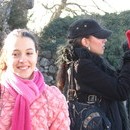
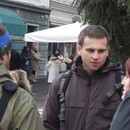
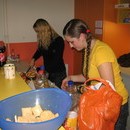
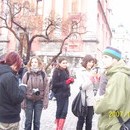
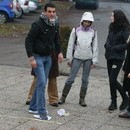

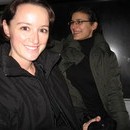
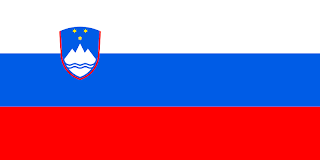




Please, leave your comment